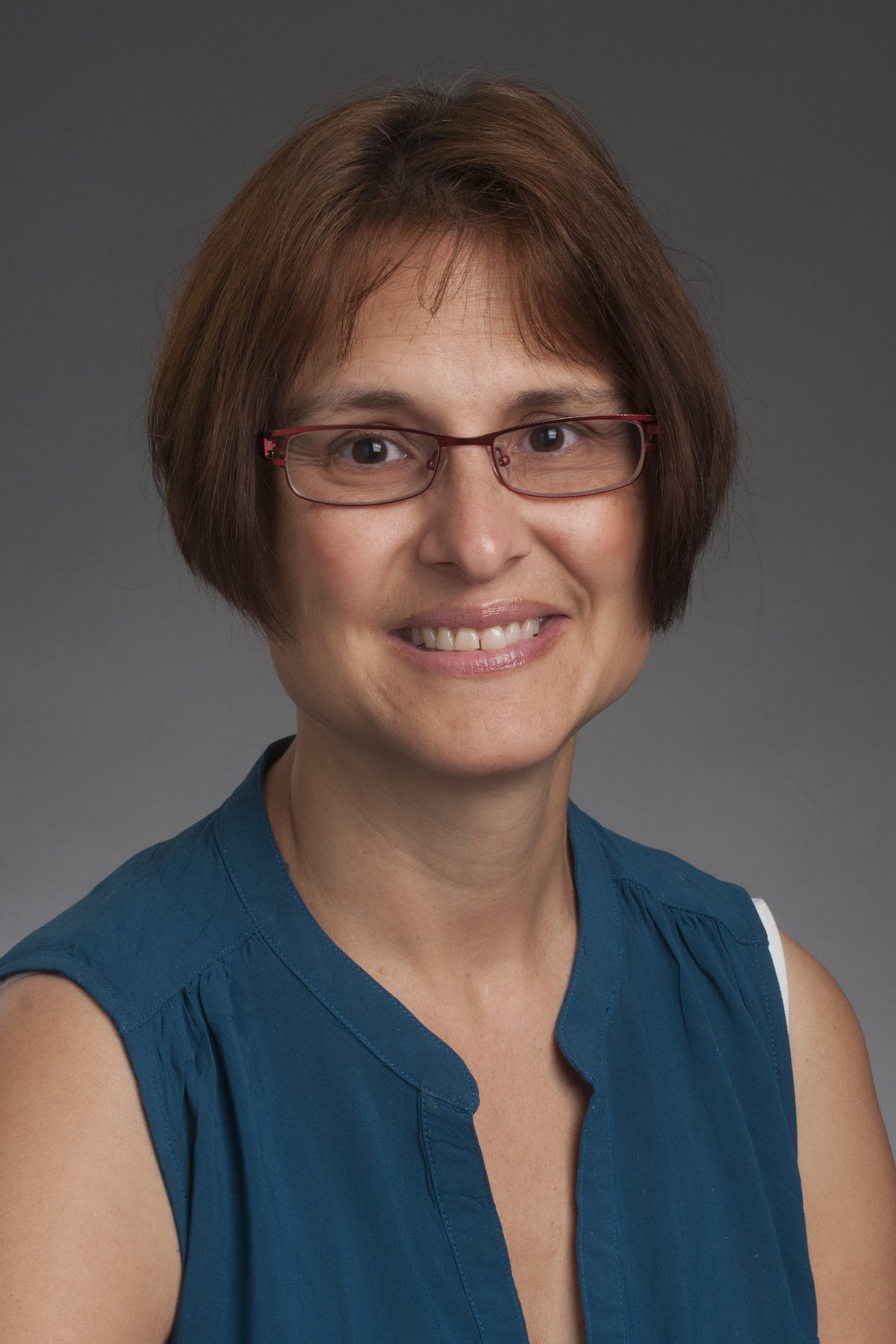Biomolecular Sciences Ph.D. Student, Giovan Cholico, Co-authored an Article Published in Biomed Research International

Cheri, L. L., Giovan, N. C., Daniel, E. P., Michael, T. F., Julia, T. O., Trevor, J. L., Erica, E. M., … Kristen, A. M. (August 4, 2016). Aryl Hydrocarbon Receptor Activation by TCDD Modulates Expression of Extracellular Matrix Remodeling Genes during Experimental Liver Fibrosis. Biomed Research International, 2016.
Biomolecular Sciences Ph.D. Student, Matthew Turner, Featured in Natural Product Communications

Matthew Turner, working in Professor Owen McDougal research lab, recently published “Harpagoside Content in Devil’s Claw Extracts” in the Vol. 11, Issue 9 edition of Natural Product Communications. The study examined the presence of harpagoside content in plants other than harpagophytum procumbens and sought to provide a definitive answer to a regulatory controversy for nutriceutical products containing harpagoside extract from plants other than harpagophytum procumbens.” Harpagophytum procumbens, also known as Devil’s Claw, contains the organic molecule harpagoside which shows promise as an arthritis remedy.
Biomolecular Sciences Ph.D. Student, Catherine Anders, Co-authored a Paper Published in Nanotechnology, Science and Applications

Wingett D, Louka P, Anders C, Zhang J, and Punnoose A: A role of ZnO nanoparticle electrostatic properties in cancer cell cytotoxicity, Nanotechnology, Science and Applications, 15(9): 29-45, 2016.
Biomolecular Sciences Ph.D. Student, Matthew Turner, Co-authored an Article Published in the Bioorganic and Medicinal Chemistry Journal

Matthew D. King, Paul Phillips,† Michael Katz,† Sarah Lew,† Sarah Bradburn,† Matthew W. Turner,† Tim Andersen, Owen M. McDougal,* Biochem. Mol. Biol. Educ., “Computational Exploration of a Protein Receptor Binding Space with Student Proposed Ligands” 44(1), 63-67 (2016).
Biomolecular Sciences Ph.D. Student Works on Multidisciplinary Study

A team of researchers from Boise State University, led by Eric Krueger and David Estrada, have published an article in the American Chemical Society’s Biomaterials Science and Engineering journal.
Titled “Graphene Foam as a 3-dimensional Platform for Myotube Growth,” it focuses on a study demonstrating the suitability of graphene foam as a scaffold for growing functional muscle tissue. Graphene foam is an emerging 3D version of graphene, a layer of carbon so thin it is considered 2-dimensional.
Ultimately, researchers hope that the unique properties of graphene and graphene foam can be used to regenerate 3-dimensional tissues and organs for implantation into the human body. Past studies have confirmed bone and cartilage growth on graphene foam, but this is the first known study of its compatibility with muscle growth. Click here to read more about the multidisciplinary study
Biomolecular Sciences Program to Award First Ph.D.
When Cheri L. Lamb is hooded at Saturday’s Spring Commencement ceremony, she’ll not only have achieved a hard-earned goal, she’ll also be the first student to earn a Ph.D. in biomolecular sciences from Boise State.
The interdisciplinary program in the College of Arts and Sciences focuses on preparing students to satisfy the needs of a growing biotechnology and medical community in a 21st-century world.
The first of its kind in Idaho, the program allows researchers to solve problems by transcending the boundaries between the the traditional disciplines of biology, chemistry, physics and computer science. The interdisciplinary nature of the program distinguishes it from other programs in biomedical research.
The biomolecular sciences Ph.D. program was started in 2012 and Lamb will receive her degree after only four years of study. “Cheri is a talented researcher and is able to graduate about a year and a half earlier than the national average,” said Denise Wingett, professor and director of the program. “Her research has resulted in numerous peer-reviewed publications as well as manuscripts under peer review.”
Lamb’s research has been investigating the consequences of exposure to an environmental toxicant called TCDD — specifically, how exposure to TCDD affects liver fibrosis, which is a reversible wound healing response. She worked in the lab of Kristen Mitchell, associate professor in Boise State’s Department of Biological Sciences, and benefited from the training, service and support provided by the Biomolecular Research Center (BRC) staff.
“I am confident that the interdisciplinary training and skills that Cheri has amassed will benefit her as she pursues the next step of her career,” said Mitchell. “The way members of my laboratory think about research and develop experimental approaches has been broadened and strengthened by interacting with other graduate students and faculty in this interdisciplinary program. That has just opened the door to new resources for addressing increasingly complex problems in biomedical research.”
Lamb said her journey toward her doctorate has changed her in many ways and serves as an inspiration. “To me, this Ph.D. means inspiring other women to go after their dreams and be the best they can be,” she said. “It means inspiring a love for science in my daughter and showing her she can do whatever she wants to do and become whatever kind of person she wants to become.”
Immediately upon graduation, Lamb plans to apply her interdisciplinary training to biophysical research investigating the functionality of transmembrane cellular transporters. These transporters could lead to new methods of non-invasive delivery of drugs or treatment materials into living cells to control cellular functions.